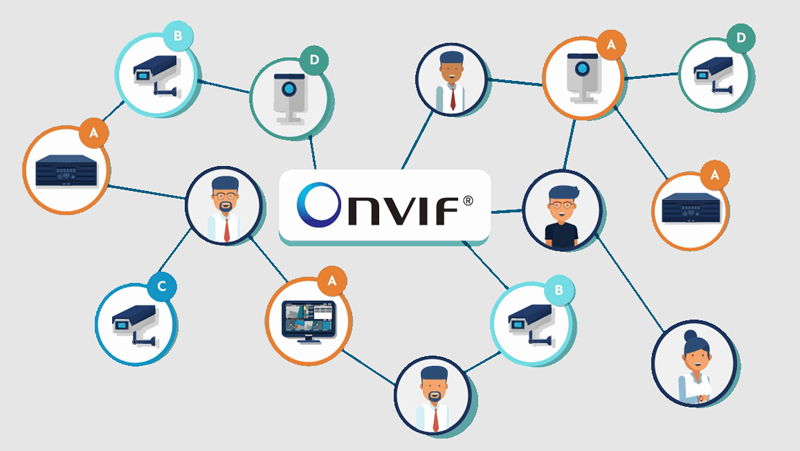 Uri Guterman, Head of Product & Marketing for Hanwha Techwin Europe gives us his opinion on why non-ONVIF conforming products should be avoided
Uri Guterman, Head of Product & Marketing for Hanwha Techwin Europe gives us his opinion on why non-ONVIF conforming products should be avoided
Spend some time in the video security sector and you’ll come across the acronym ONVIF – which stands for Open Network Video Interface Forum. As more and more products enter the market, ONVIF is becoming more important for standardisation. We’re at an interesting inflection point for the sector, as the U.S export administration regulations that limit trade with some companies (as detailed in their published Entity List) are spreading beyond just the U.S. and impacting ONVIF membership and conformance.
What is ONVIF?
ONVIF is a global and open industry forum with the goal of facilitating the development and use of a global open standard for physical IP-based security products. It creates a standard for how IP products can communicate with each other, based on different ONVIF profiles.
Standardisation is needed to help installers and end-users take advantage of the many possibilities offered by IP-based security solutions, easily integrating products from different vendors into a single solution. It gives the freedom to choose the right mix of products for specific applications.
This is achieved through ONVIF profiles that help installers, end users, and consultants more easily identify interoperable products that fit a specific need such as video streaming or access control. So, if a client conforms to Profile S (for video streaming) it’ll work with a device that also conforms to Profile S.
ONVIF conformance and the current export restrictions
ONVIF and ONVIF profile symbols can only be used by ONVIF and its members to communicate an ONVIF conformant product. This is critical to be aware of as ONVIF recently suspended the membership of some manufacturers (due to the U.S export administration regulations around the ethical use of their technology) and this has long term ramifications for the vendors and the products they release.
Although they can continue to submit products for conformance based on the version of the test tools available to members before suspension, once ONVIF updates the test tools, they’ll be unable to use them. Future products, therefore, won’t be ONVIF conformant — impacting the futureproofing and lifetime value of their devices.
Furthermore, they have lost access to member-only information (including ONVIF’s member portal) and cannot participate in ONVIF committees, including profile development, maintenance, or other internal workgroups. With the majority of the largest network video companies counted among ONVIF members, suspended organisations will ultimately miss out on valuable insights and influence long-term.
ONVIF benefits for end users
Looking for ONVIF conformance means that users benefit from the freedom to pick and choose the best products for their needs without being tied to a specific vendor. It also offers peace of mind that the system is futureproof and flexible enough to meet any changing needs and new innovations — giving users a more secure long term investment.
ONVIF benefits for installers
For installers, working with ONVIF-compliant brands and products enables them to create flexible, cost-effective systems that feature the best products for a use case. Installers are not locked into a specific brand, but can remain confident of interoperability between different vendors. Installation and integration are easier between clients and devices in the same ONVIF profile.
Driving growth in video
It’s obvious why ONVIF is central to the progress and growth of the video surveillance sector. With so many different cameras and connected devices to choose from, selecting ones that conform to ONVIF will help engineers to tailor-make installations that meet specific needs, with confidence that any investment is protected in the future. A product that is not ONVIF conformant should be a red flag in the consideration process.

